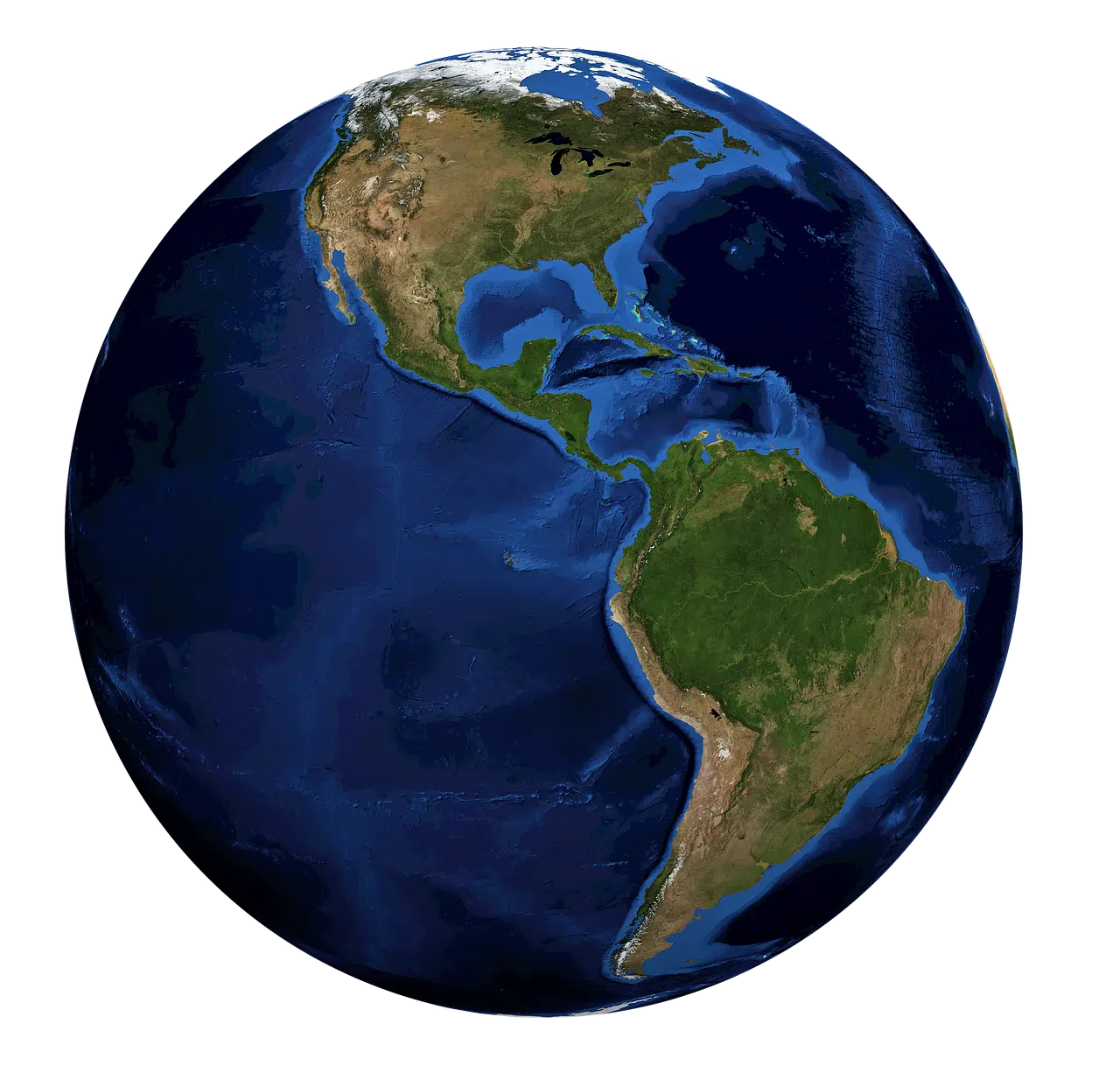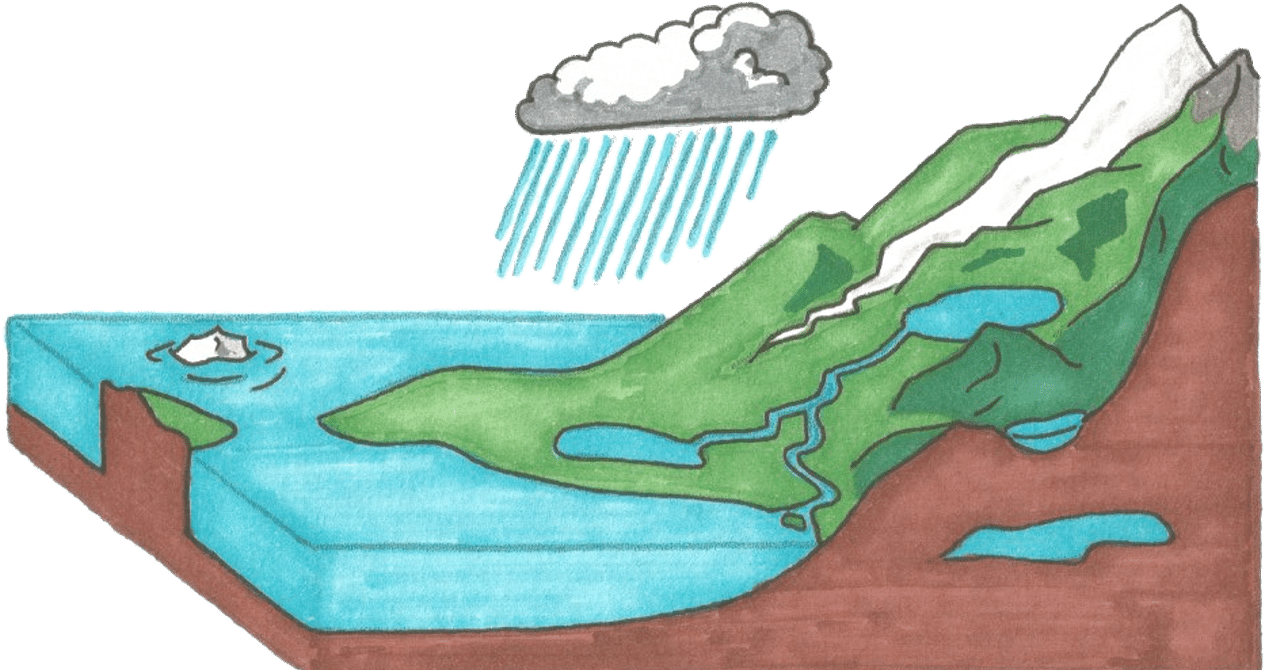
The liquid part of planet Earth forms the hydrosphere.
Hydrosphere is the name given to all the liquid parts of the Earth . It is the material system formed by the water that is below and on the surface of the planet .
Before proceeding to establish the meaning of the term, also mentioned as hydrosphere , it is necessary that we record its etymological origin. When doing so we have to determine that it comes from Greek, since it is made up of two clearly differentiated words from that language: hydor , which is synonymous with “water” , and sphaira , which can be translated as “sphere” .
Origin of the hydrosphere
The Earth's surface has water thanks to the degassing of the mantle (formed by rocks in solid solution with volatile substances such as water). Water from the mantle emanates through hydrothermal processes and the action of volcanoes . At the upper level of the atmosphere, on the other hand, solar radiation generates photolysis of water, which breaks down its molecules and produces hydrogen.
The processes of change of state and transport of water form what is known as the water cycle or hydrological cycle . The Earth has the distinction of being the only planet in the Solar System that has water in a continuous liquid state. 71% of the Earth's surface, in fact, is covered by liquid water.
The hydrosphere, therefore, presents water in different states, since in addition to the oceans, rivers and lakes, it has water in glaciers, clouds in the atmosphere, underground sources and even in the biosphere ( human beings). , animals and plants).
It is estimated that the hydrosphere holds about 1,300 trillion liters of water . More than 97% is found in the oceans, while just over 2% appears in the polar caps. The rest is distributed among aquifers, lakes, inland seas, soil moisture, the atmosphere and rivers.

The water in the hydrosphere changes state and moves thanks to the hydrological cycle.
Other information of interest
It is interesting to know these other interesting facts about the hydrosphere:
- It helps regulate the climate, allows life to exist on planet Earth and also contributes to the modeling of the relief.
- It is important to know that this layer of water that surrounds the Earth was formed from two phenomena: the condensation and solidification of the water vapor that existed in what was the original atmosphere.
- When talking about the hydrosphere, it is important that we know that it has a series of characteristics or fundamental elements to be able to understand and qualify it: density, salinity, oxygen, mineral composition and temperature variation.
- Currently this layer of the Earth is harmed, among other causes, by water pollution. In this sense, it must be highlighted that it is affected both by natural water pollution, which is produced by the remains of plant and animal species as well as volcanic eruptions, and by anthropogenic pollution, in which the being has a lot to do with it. human. The latter can be agricultural and livestock, urban or industrial, for example.
